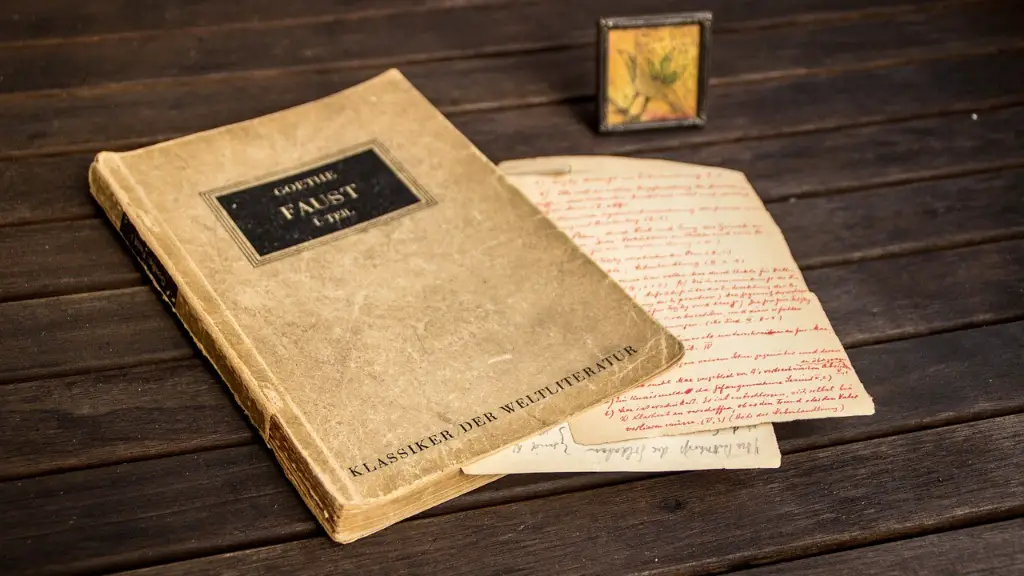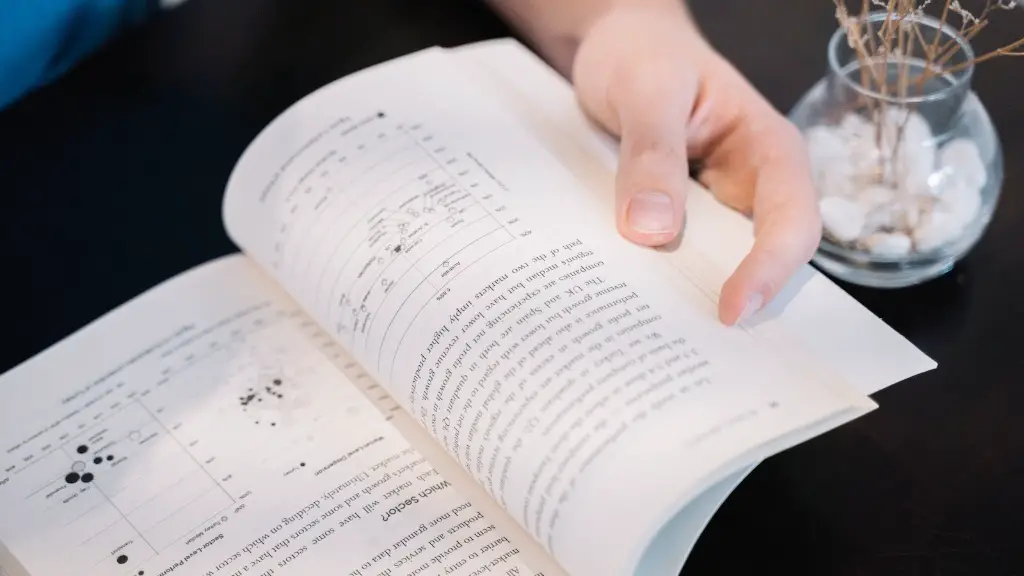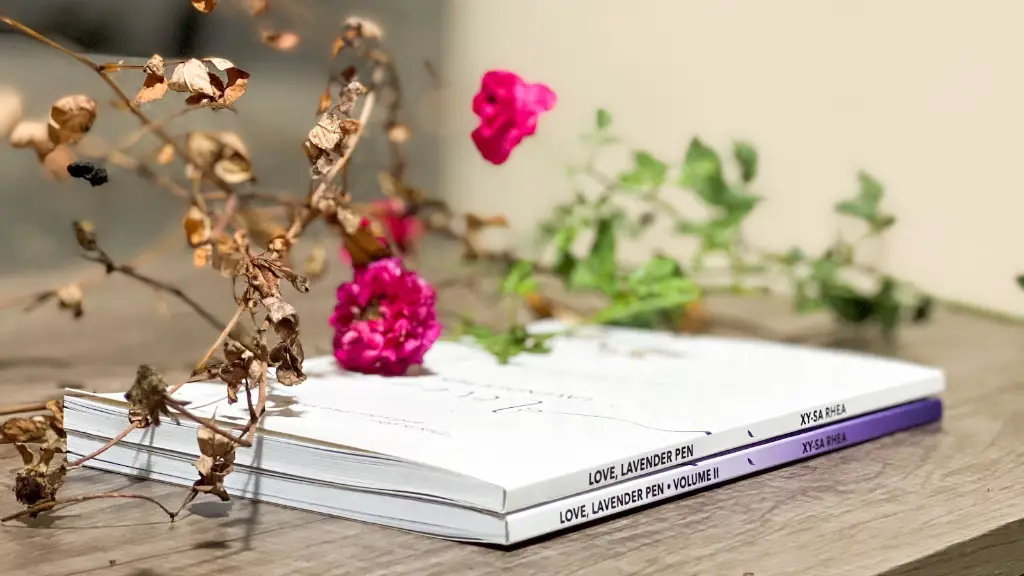What is Soliloquy in Poetry?
In poetry, a soliloquy is a speech made by a single narrator or character that divulges their innermost thoughts and feelings. It is a type of monologue, and a way for a poem’s speaker to reveal their state of mind and attitudes. A soliloquy in today’s literature typically is an interior monologue in which the speaker speaks aloud to express his or her thoughts without addressing anyone in particular.
The term soliloquy originates from the Latin words solus (meaning ‘alone’) and loquor (meaning ‘I speak’). In drama, a soliloquy traditionally is a speech addressed to oneself. It is designed for only one character to hear and interpret. But, in poetry it is not necessarily so. In poetry, when a character speaks to himself he is not always alone. The audience is supposed to be paying attention to the inner dialogue or musings of the character.
Soliloquies can vary significantly in tone and content, and the act of speaking one’s own thoughts aloud often cause characters to find a new understanding of themselves. However, in the context of the poem, soliloquies are more than just thoughts- they are an audience-directed device. They can be used to express a moral conflict or personal dilemma, or to comment on the action of the poem. Furthermore, a well-crafted soliloquy can set the tone of a poem, as well as make a poetic statement. Because of its intimacy, a soliloquy can become a poignant literary element.
According to experts such as P.R. Sarkar, soliloquy is a poetic device that allows inner thoughts, emotions, and reflections to become a part of the poem. The underlying objective is to actively engage the audience. The reader should come away with a different perspective after reading the poem and pondering the soliloquy. The character speaking the soliloquy should appear to be speaking freely and honestly, even if it is not in line with the poem-as-a-whole.
The poet’s intent in using soliloquies is to craft a rich inner dialogue that hints of the truth and sparks emotion in the reader.Soliloquies therefore, can be said to convey a moral understanding of the poem’s themes more effectively than otherwise. They also provide additional insight into the poem’s characters, and the tone of the poem can be shifted through the use of a soliloquy, causing a transition of the themes and inner reflections of both the character(s) and the poem.
The most famous soliloquy in English literature is Hamlet’s “To be or not to be”. This soliloquy remains one of the most famous examples of how, within literature, a poet can capture the essence of a moral conflict and human struggle, and how this struggle can be portrayed in a poetic way. In this soliloquy, Hamlet speaks through his innermost thoughts to engage the audience in an emotional dialogue. He portrays his struggle of life in the midst of his grief, indecisiveness and despair. This soliloquy not only allows us to understand the feelings of a man in such dire circumstances, but it also gives us insight into his values and beliefs. Hamlet’s soliloquy in Shakespeare’s play allows for a deep exploration of the notion of life and death, and speaks to us today as it spoke to audiences centuries ago.
Significance of Soliloquy in Poetry
The importance of soliloquy in literature and poetry lies in its ability to convey complex ideas in a simple and straightforward manner. A poet can capture intricate emotions of a character and present them in a manner that the reader can relate to. It is this form of direct narration that makes soliloquy so effective as a device. It enables the character to be a direct source of action rather than an outside observer of events that unfold. This in turn makes the poem more personal and allows the reader to delve deeply into the character’s thoughts and emotions. By utilizing soliloquy in a poem, authors can paint a comprehensive picture of the character and how their innermost thoughts and feelings shape the poem’s trajectory.
Soliloquies also have a certain symbolic value in poetry. In many cases, a soliloquy can represent a particular moment in time in which a person expresses their innermost feelings. Such moments can be of great importance and add to the poem’s themes, even if the character does not speak for very long. In this way, soliloquy can connect readers with the protagonist in the poem and provide a glimpse into the character’s emotional state at any given moment.
In essence, the significance of soliloquy in poetry is to provide an expression of innermost thought. By allowing readers to engage in the inner dialogue of a character or protagonist, they can gain significant insight into their motivations and emotional state. This in turn allows the readers to develop an intimate understanding of a poem’s content and themes, and to explore their own ideas and feelings in relation to it.
Types of Soliloquy in Poetry
There are two primary types of soliloquy in poetry: the direct soliloquy and the prolonged soliloquy. In a direct soliloquy, a character speaks solely to him/her self, externalizing their innermost thoughts without providing any additional information. Whereas in a prolonged soliloquy, the character’s thoughts are revealed, but there is also dialogue with others in order to provide more details or perspective.
Both types of soliloquies can be used to reveal information about a character, such as how they feel or how they deal with a particular situation. In a direct soliloquy, a character reflects on their innermost thoughts and feelings, while in a prolonged soliloquy, the character’s thought process is extended to include reactions from others. Furthermore, a direct soliloquy can sometimes be used to foreshadow later events in a poem, whereas a prolonged soliloquy can be used to develop the character’s relationship with other characters in the poem, such as after a disagreement or in the face of a challenge.
In many cases, a combination of both direct and prolonged soliloquies are used to carry the narrative forward, allowing the reader to explore the nuances of the character’s feelings and motivations. Moreover, poets can also use soliloquies to provide insight into the moral, psychological or social of a poem’s characters.
Uses of Soliloquy in Poetry
Soliloquy has many uses in poetry. The most important is to give insight into the inner thoughts and feelings of a character. This is done mainly through the direct soliloquy as the character speaks on his/her own, allowing the audience to gain insight into the character’s motivations and emotions. Moreover, direct soliloquy can be used by poets to explore subjects more deeply, such as themes of love and death, the themes of a poem, and so on.
Prolonged soliloquy, on the other hand, can be used to explore conflict between characters, or to reveal insight into their relationships. It also helps poets to add complexity to a character’s feelings and motivations, as well as to create a more complete portrait of the character. Soliloquy also allows for exploration of more abstract concepts, such as make readers think about the purpose of life or the meaning of certain actions.
So, in conclusion, soliloquy is a powerful literary device that can be used to explore complex themes, create a complete picture of a character, and explore difficult topics. With the use of a soliloquy, poets can create an intimate view of their character’s innermost thoughts, while also exploring abstract concepts.
Crafting an Effective Soliloquy
In order to craft an effective soliloquy, poets must first decide how long the soliloquy will be. A single sentence can be enough to capture the essence of a character’s thoughts, whereas for a more in-depth exploration of the character’s feelings a longer soliloquy is often necessary.
It is essential that the character speaking the soliloquy speaks in an emotionally charged manner, as this will help to convey the feelings of the character. This can be done by using vivid metaphors and imagery, as well as varying the characters tone of voice.
Moreover, poets should also ensure that the soliloquy is relevant to the poem as a whole. It should not be used simply for the sake of it, but should directly connect to the poem’s themes and the character’s current situation.
Finally, poets should pay attention to the language they use, as this will affect how readers interpret the soliloquy. The language should be simple and straightforward, yet emotionally evocative. This will help the reader to identify with the character and become invested in the poem’s message.
Examples of Soliloquy in Poetry
There are many examples of soliloquys in poetry. One of the most famous soliloquys is from William Shakespeare’s Hamlet, where the titular character debates whether to live or die in the famous ‘To be or not to be’ speech. This soliloquy encapsulates Hamlet’s innermost thoughts about the meaning of life and death, as well as his fears and desires.
Another famous example is from Alexander Pope’s The Rape of the Lock in which Belinda laments the theft of her lock of hair. Belinda’s soliloquy epitomizes her innermost thoughts and feelings on a subject that is both frivolous and serious. By contrast, Percy Bysshe Shelley’s poem Ozymandias uses a soliloquy to reveal the thoughts of a traveler who has seen a crumbling statue of a long-forgotten ruler. In this poem, the soliloquy serves to emphasize the fleeting nature of human existence.
Soliloquies are also often used to explore the inner thoughts and feelings of a character alongside their external actions. For example, in Robert Frost’s The Road Not Taken, the speaker reflects on their decision and what it will mean for their life. Through the soliloquy, we get a glimpse into the character’s innermost thoughts and emotions as they ponder their decision.
Soliloquies are often used in poetry to give insight into the mind of a character and provide them with a means of expressing their innermost thoughts, fears and desires. From William Shakespeare’s Hamlet, to Alexander Pope’s The Rape of the Lock and Percy Bysshe Shelley’s Ozymandias, soliloquies have been used by poets for centuries to engage readers and invite them to explore the complexities of the human condition.





